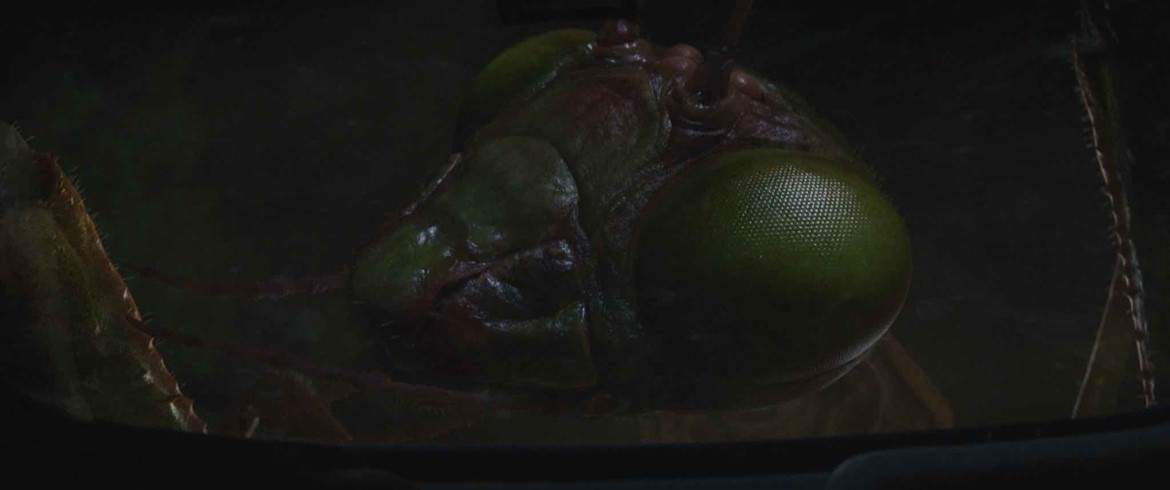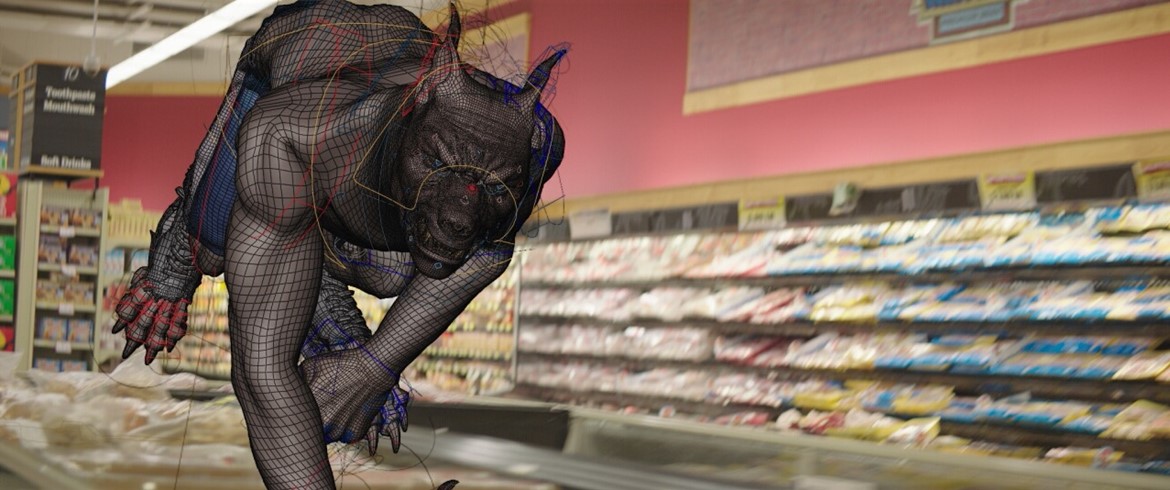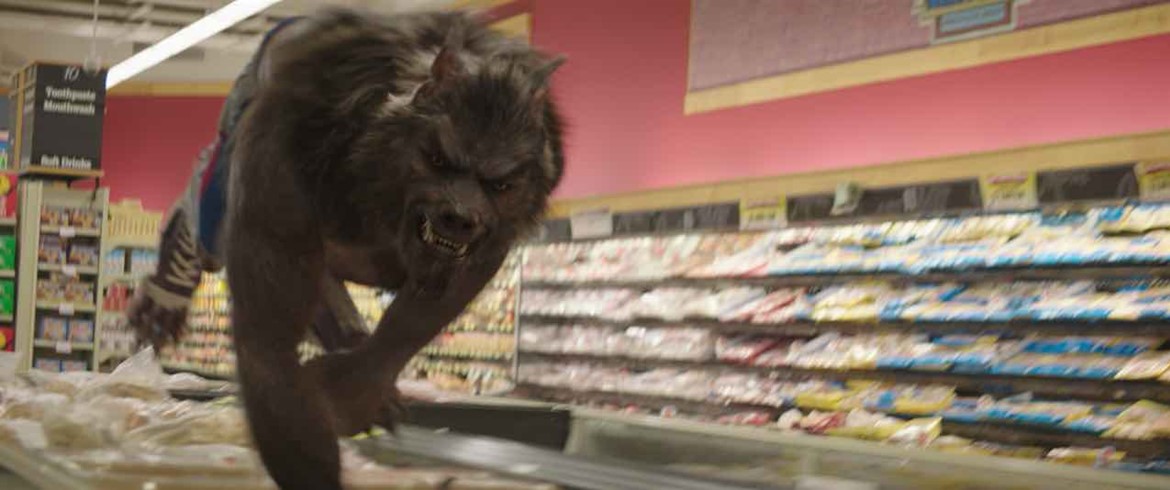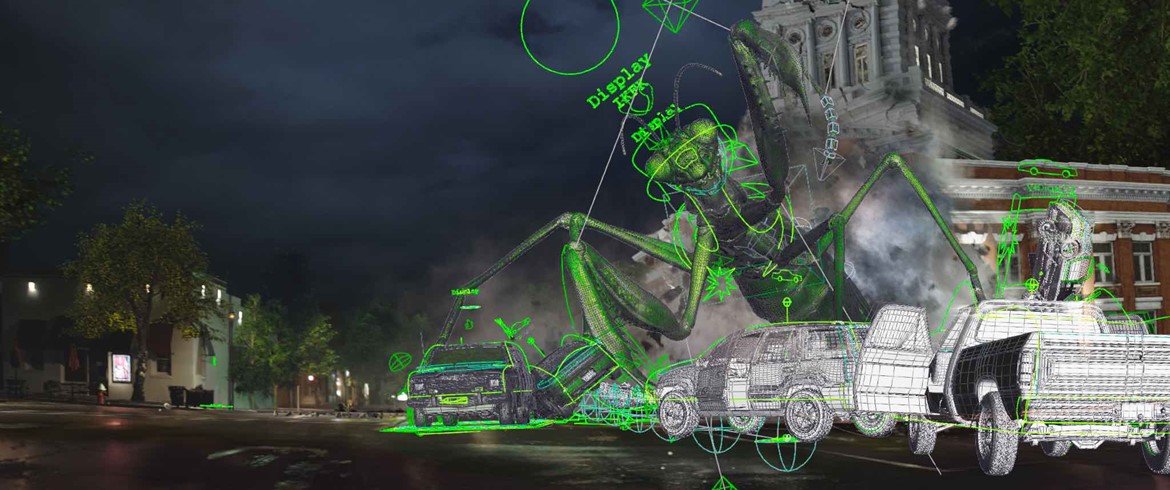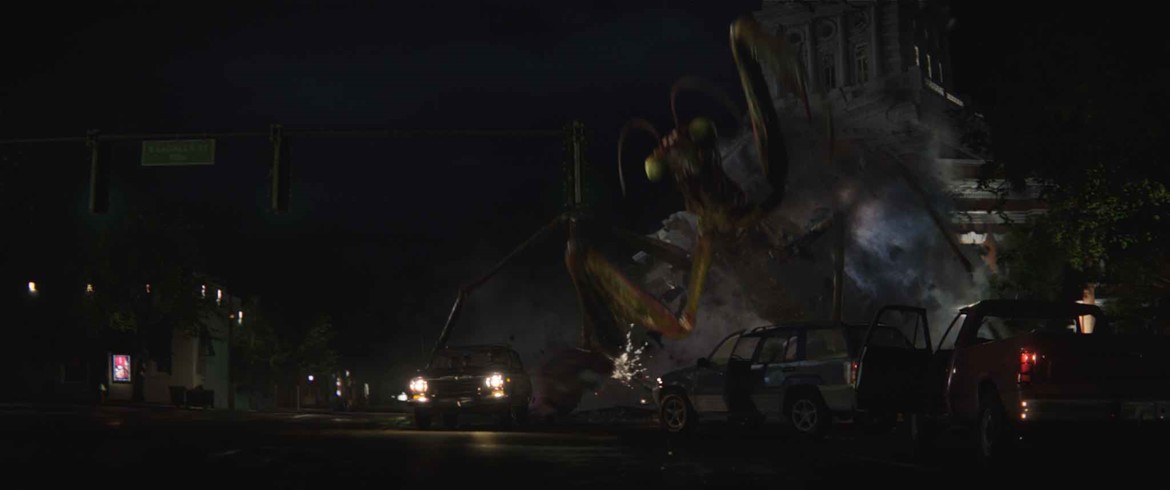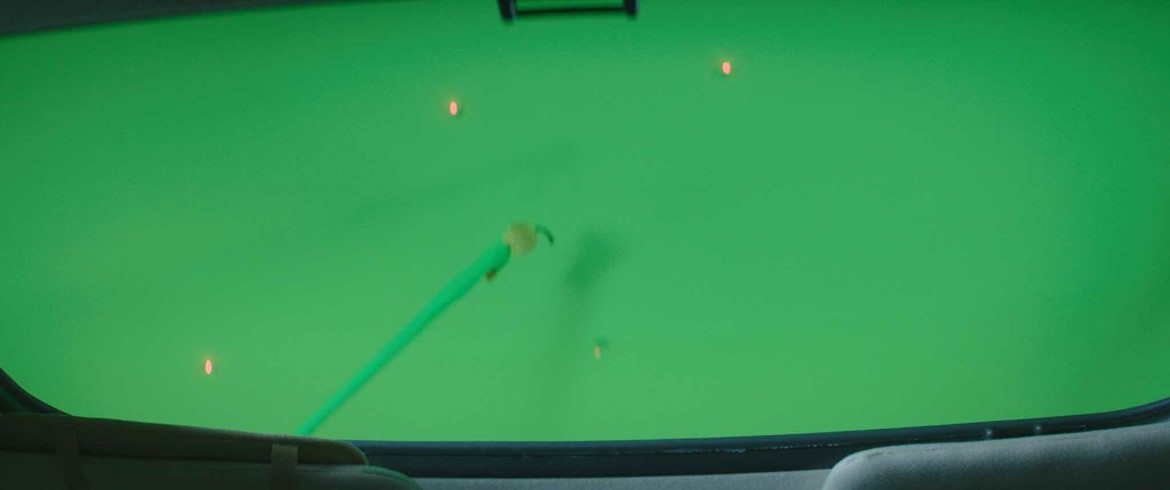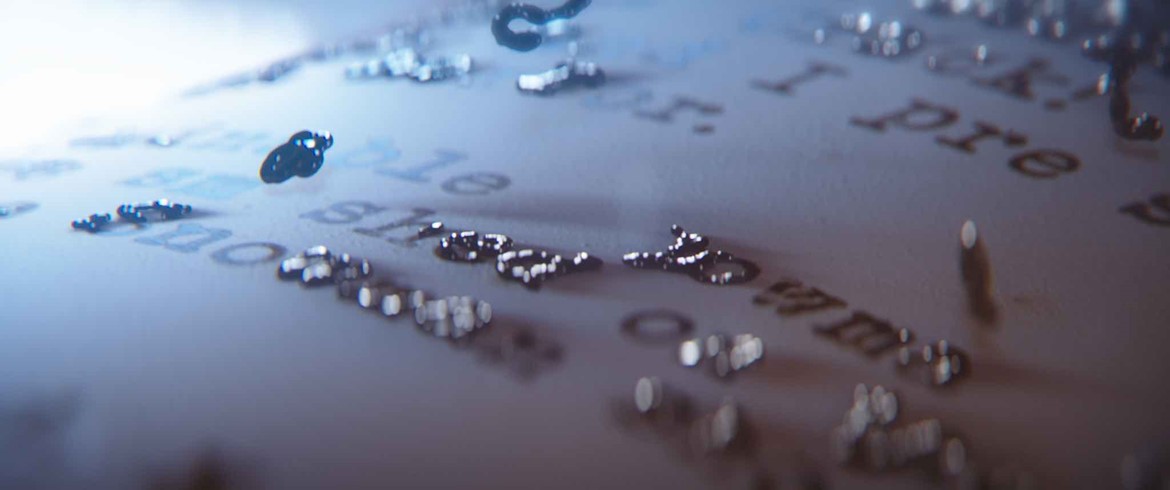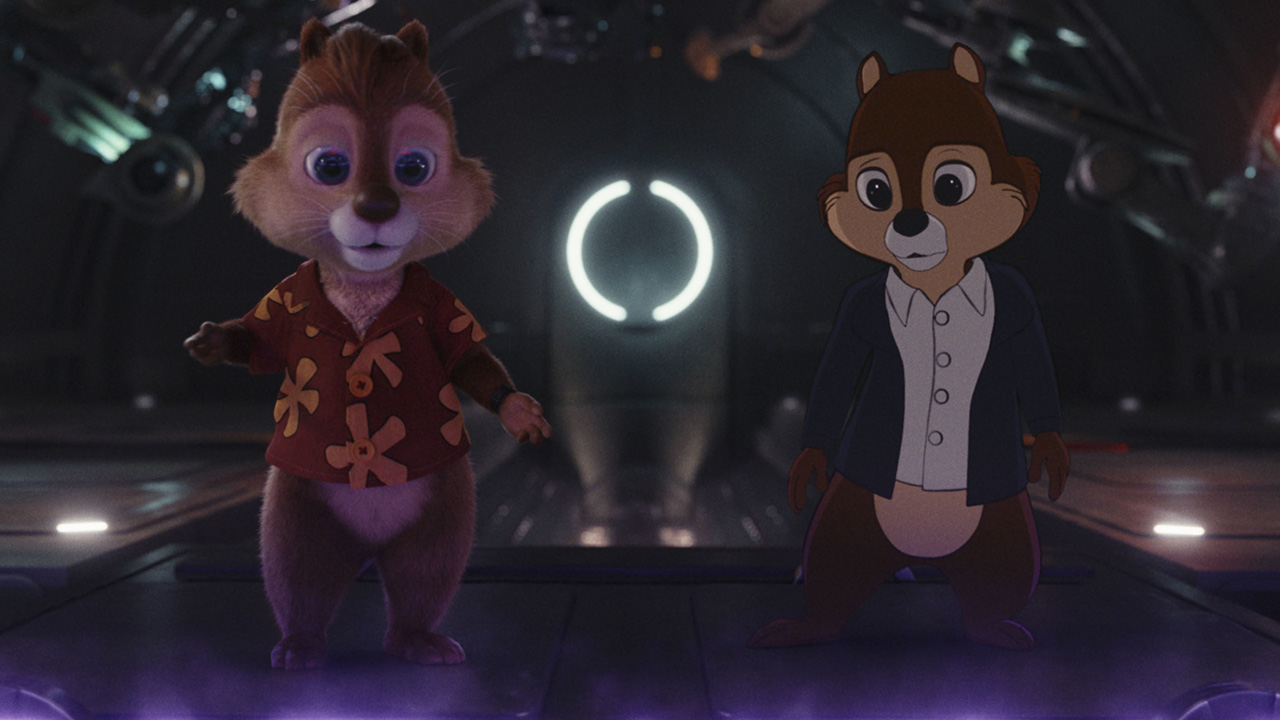MPC’s VFX team was led by VFX supervisor Pete Dionne and Robert Winter, and VFX Producer Doug Oddy. Working closely with director Rob Letterman and Production VFX Supervisor Erik Nordby, the team’s scope of work ranged from CG environments to magical effects, but the bulk of the work was focused on creating the movie’s monsters.
MPC created 17 different creatures including The Werewolf of Fever Swamp, The Abominable Snowman of Pasadena, an army of evil lawn Gnomes, the plant monster, a 50-foot Mantis, the Blob, Bug Eyed aliens and a Vampire Poodle. MPC’s in-house Art department in London created concept art for the Lawn Gnomes, the Plant Monster, the Blob, the Mantis, and the Vampire Poodle.
With so many monsters, a range of motion design for each character’s movement was required. For the bipedal monsters, a combination of motion capture and keyframe animation was used. Depending on the performance required, MPC’s artists took a hybrid approach, first capturing movement using MoCap suits and then hand-animating over the top of the data to further elaborate and add nuances to the performance. The Werewolf and the Abominable Snowman both had unique facial proportions so their facial performance was completely keyframe animated.
For the animation of the Lawn Gnomes, it was important to the director that the movement looked realistic and devoid of any deformation. This limitation perfectly complimented the mischievous personality of the characters. To justify this rigid style of motion, every time the Gnomes moved, their outer shells would crack and split at the joints, allowing for an increased range of motion. To achieve this across an entire army of gnomes, a method was designed to drive cracking in the rig, and then embellish the hero moments with additional FX simulations.
The most challenging creatures from a motion design standpoint were the Blob and the Plant Monster. Neither creature had any obvious real-world references to start from and both had very dynamic forms, which ruled out traditional rigs. MPC’s animators used modular rigs that could be animated to block out the motion, in whatever form was required. This provided them with a base that gave the general motion of the performance, which was then used to drive extensive cloth and fluid dynamics to ultimately define the motion. The shading and lighting of the Blob also proved to be challenging due to the refractive nature of its texture, the ever-changing volume to its form, and the wide range of lighting within the amusement park set. The lighting team had to carefully balance lighting and shading parameters on every single shot in order to maintain consistency throughout the sequence.
In the movie, the Goosebumps manuscripts serve as a portal for the monsters to travel between the realm of fiction and the real world, an event that occurs across several sequences. MPC was tasked with visually describing this story point, which grew into many different complex and unique FX events, depending on the creature, circumstance, and scale. The most prominent element of this effect was designed around the concept of the manuscript ink lifting from the page and forming the creatures. Supporting volumetric elements, airborne debris and snow, flashing lights and tornado-like winds blowing the creatures’ fur and clothes all added to the chaos required for the scene.
The final showdown between our heroes and the creatures occurs at an abandoned amusement park in the woods. MPC’s pre-vis team were on set in Atlanta during pre-production planning this major sequence. The team development and produced invaluable tech-vis to assist with shooting of the complex Ferris wheel sequence and helped design the action and camera blocking. They were able to reverse-engineer the camera and Ferris wheel motion into a single camera move against a static Ferris wheel carriage, which was then matched in the practical photography. Once the plates were matchmoved and the intended Ferris wheel motion was extrapolated from the camera motion, the plates of the actors effortlessly dropped into the CG action.
Though an elaborate set was built for these scenes, a large number of shots also took place above the forest canopy in and around an 80-foot-tall Ferris wheel, which was shot on a green screen stage. A CG environment was built using a combination of fully rendered assets, 2.5D projections, and digital matte paintings. MPC provided a wide range of backgrounds and extensions for the practical green screen shots, in addition to several full CG shots, including a sequence where the Ferris wheel detaches from its base and rolls through the forest, leaving a path of destruction behind.

